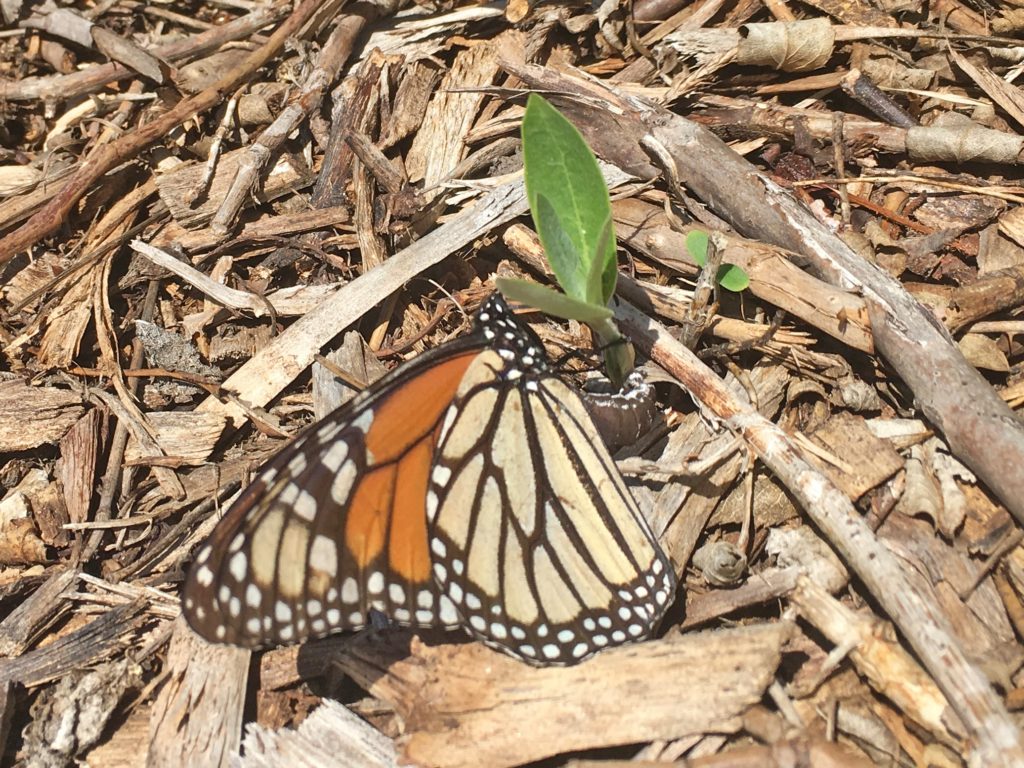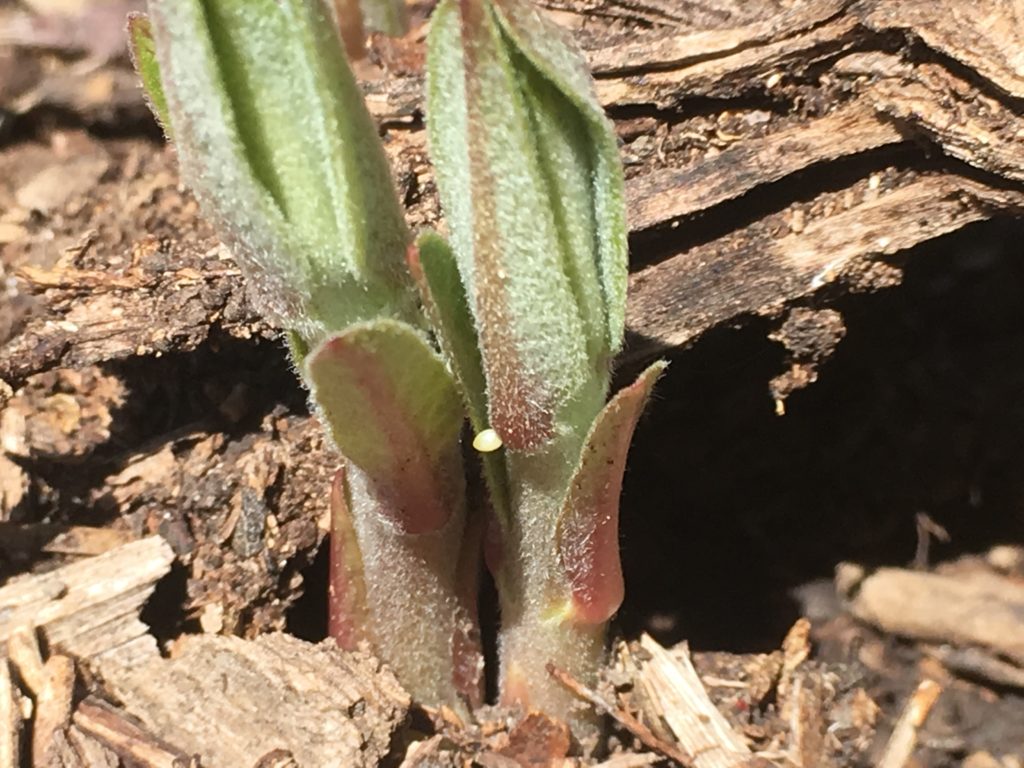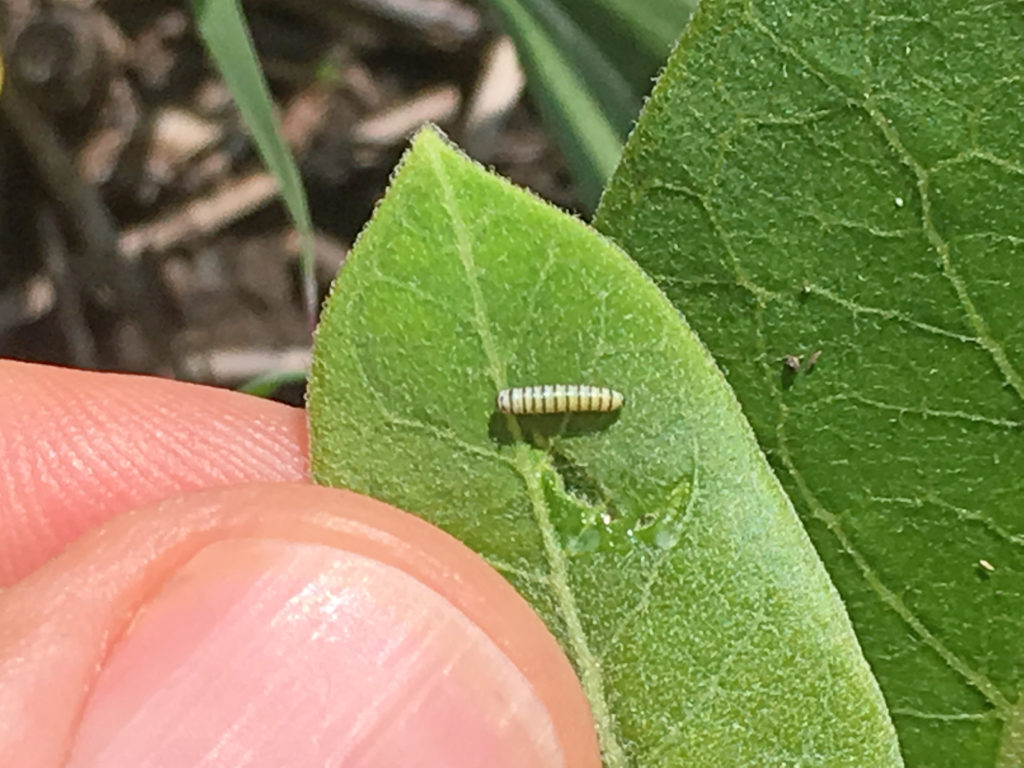
There are many positive things that can be said about insects. They are important to healthy ecosystems. If you have any appreciation for wildlife of any kind in Kansas, you have insects to thank. Aside from a handful of pests, they are beneficial to humans as well. Click HERE to see an earlier blog post on why I am in awe of insects.
Many insect species require a specific host plant or group of plants to feed their young. Therefore, it should be no surprise that greater plant diversity leads to greater insect diversity and ultimately a greater abundance of wildlife. I like to see more biological diversity in urban landscapes and this is why my landscaping tendencies trend towards more plant diversity rather than less.
Butterfly enthusiast and master gardener Lenora Larson gave us this similar message during a March 2017 winter lecture. She highlighted more than two dozen species of butterflies and moths that folks can easily attract to their landscape with specific host plants. A summary of her presentation, host plant and butterfly species lists, and helpful references can be found HERE.
Monarch Update
A little over a week ago on April 9, I saw my first couple of northerly migrating monarchs of the season. There were many other reports of first of season monarchs reported that weekend as well. In the week since, newly emerged milkweed shoots more often than not are found hosting one to six monarch eggs each. Yesterday on April 18, nine days after the first monarch siting, I observed the first two hatched caterpillars. More on the plight of the monarch and why we are so carefully observing this progress can be found HERE in an earlier blog post.
We’ll be touting at our spring plant sale the many benefits of gardening with Kansas native plants. Attracting insects and biological diversity to your landscape is one of those many benefits.


